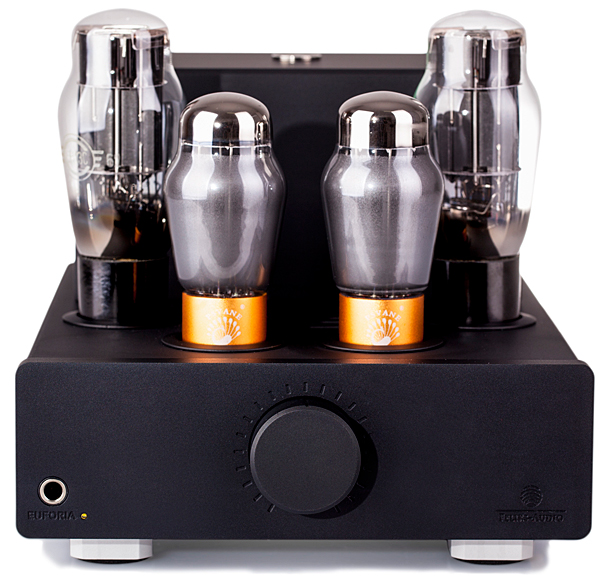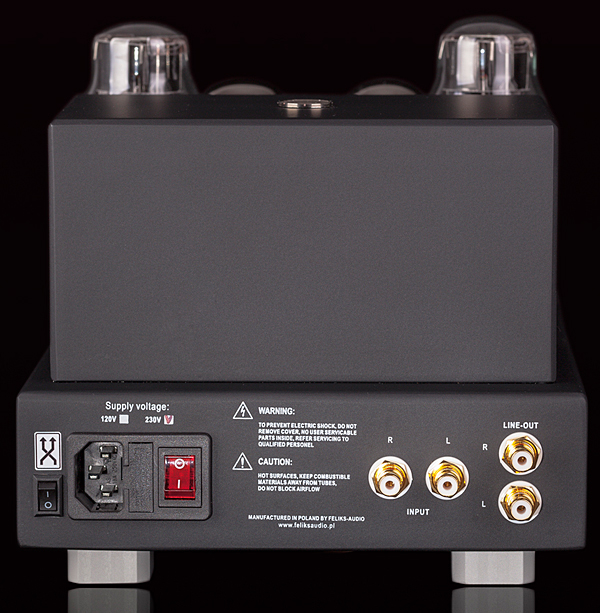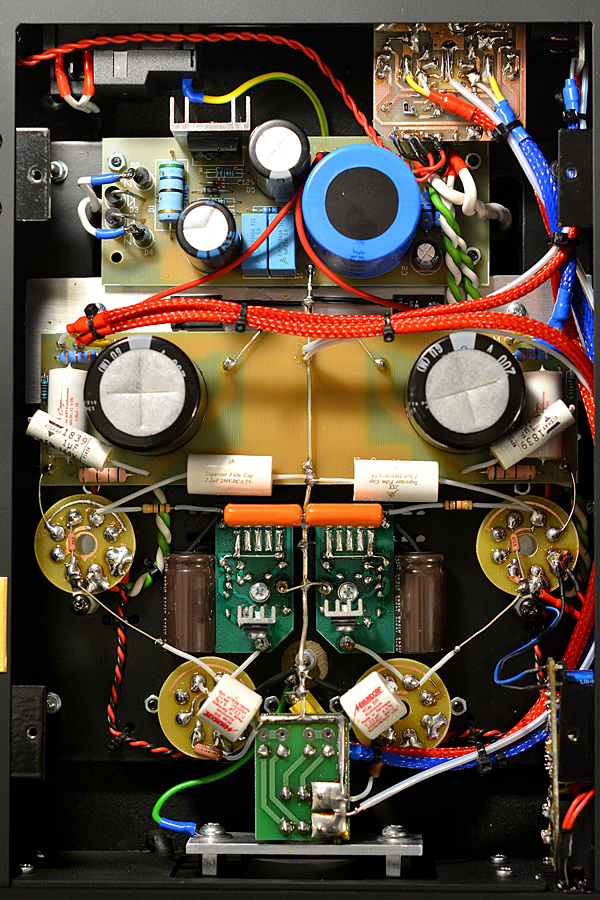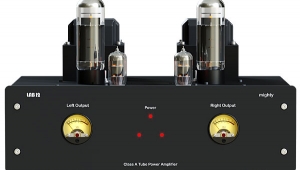| Columns Retired Columns & Blogs |
If you want to adapt headphones and power amplifiers, and want to use transformers instead of Lpads (would still need to parallel a load resistor on most tube amps)...
Menno van der Veen has a toroidal transformer designed for use with headphones, can be used as an autoformer or isolation transformer, has numerous taps on the secondary, and exhibits wide bandwidth.
Here are the links.
https://mennovanderveen.nl/cms/index.php/nl/producten/other/vdv-800-v-hph-detail
https://mennovanderveen.nl/cms/images/producten/VDV-800-V-HPH/2018-10-30_VDV-800-V-HPH_specifications.pdf









































